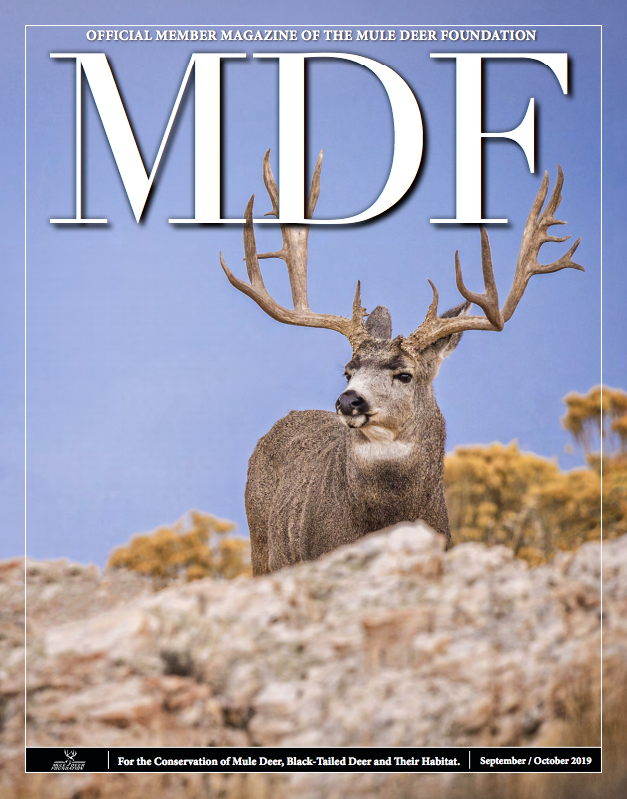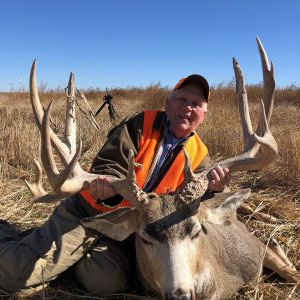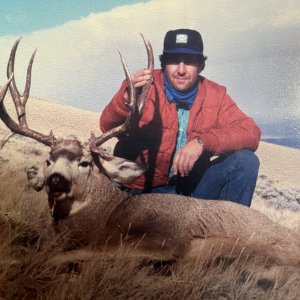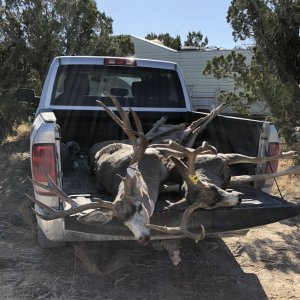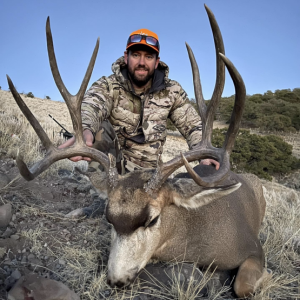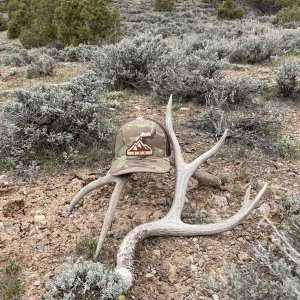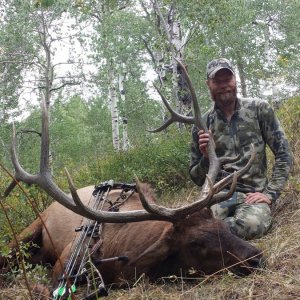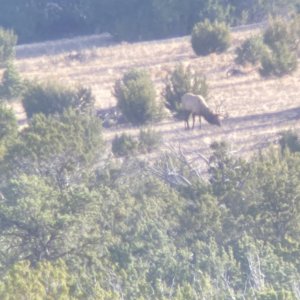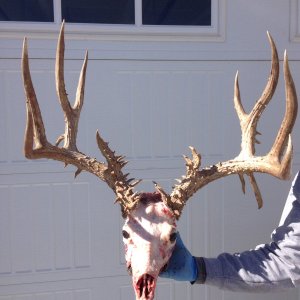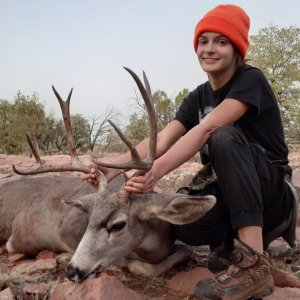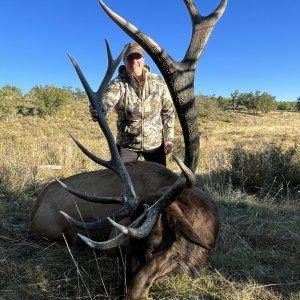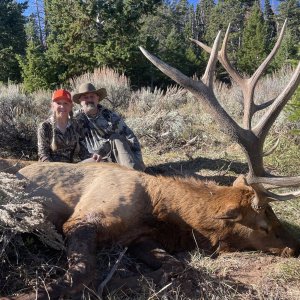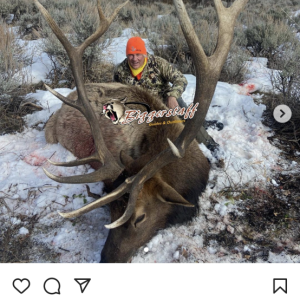BrianID
Very Active Member
- Messages
- 2,148
I thought this would be an interesting topic to debate.
How many of you believe having hunting seasons from August to December across many areas in western states is hurting the deer herds due to stress?
For example, does and fawns are being stressed enough by hunters "bumping" them multiple times during the fall so they are not feeding as much. As a result they don't put on as much weight as they would otherwise so they are less likely to do as well during the winter.
Is anyone aware of any studies done on mule deer that would provide evidence for their beliefs?
How many of you believe having hunting seasons from August to December across many areas in western states is hurting the deer herds due to stress?
For example, does and fawns are being stressed enough by hunters "bumping" them multiple times during the fall so they are not feeding as much. As a result they don't put on as much weight as they would otherwise so they are less likely to do as well during the winter.
Is anyone aware of any studies done on mule deer that would provide evidence for their beliefs?

